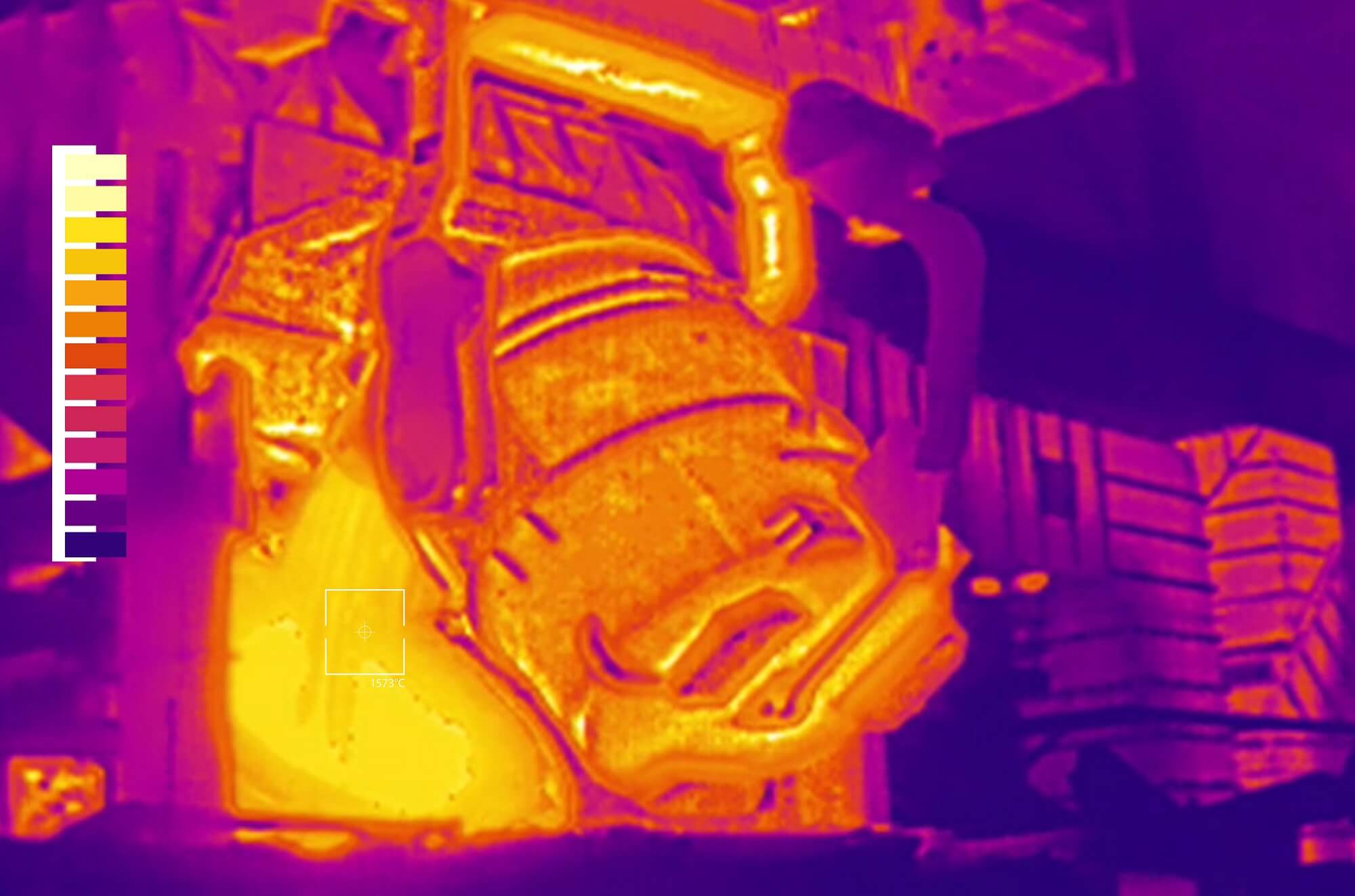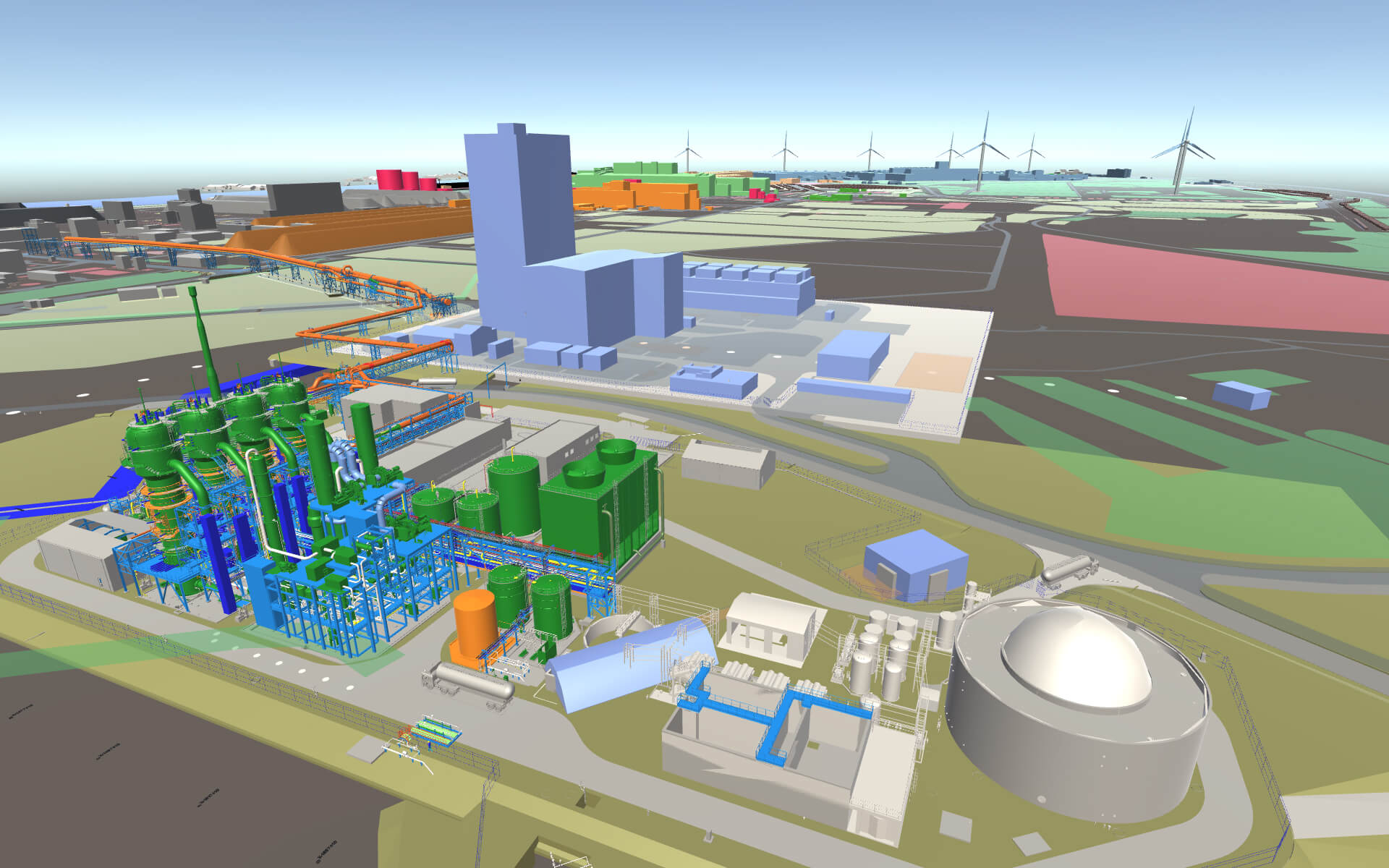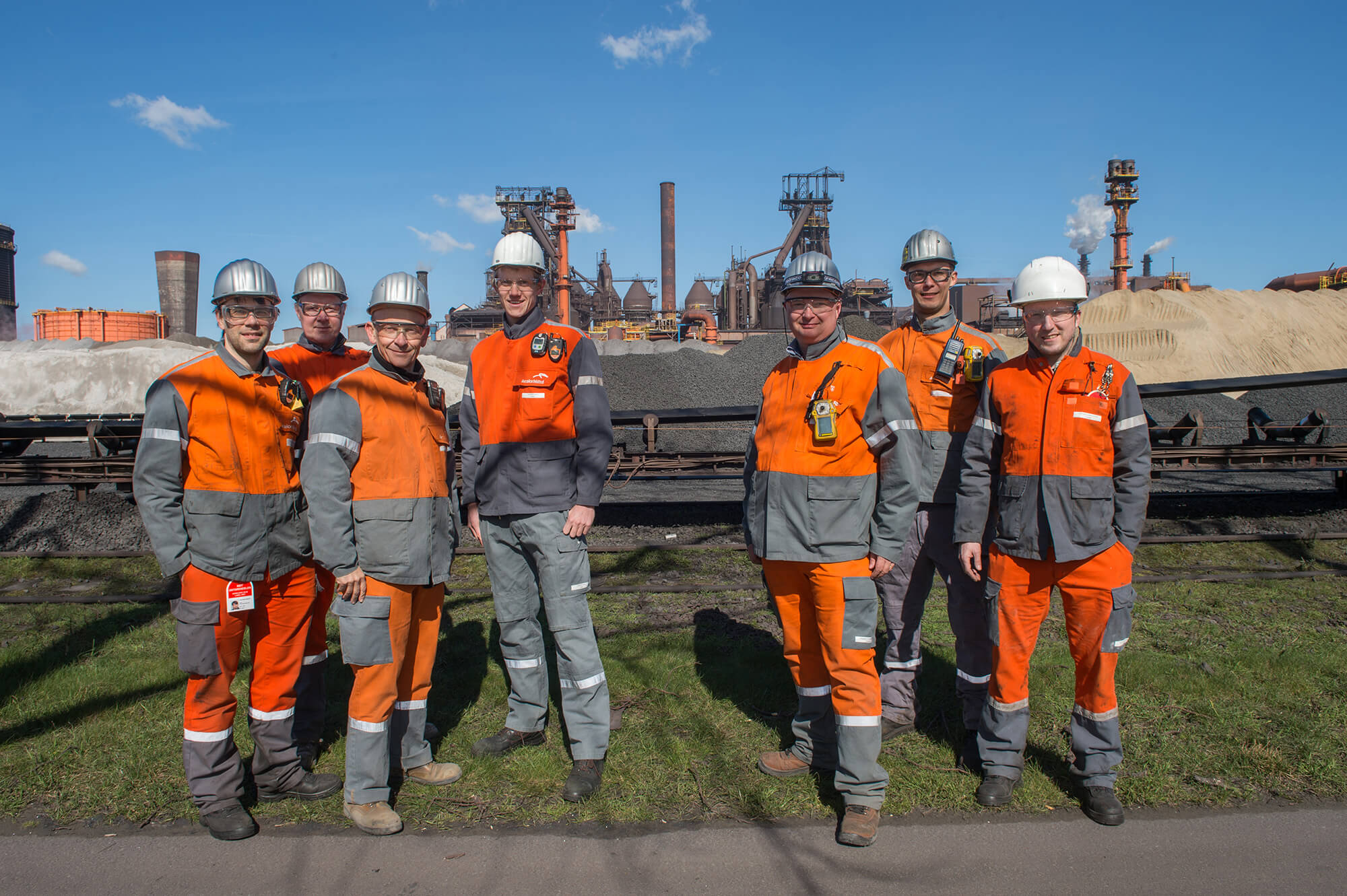
The global CO2 footprint of steel is on average 50% higher than that of our steel.
The CO2 footprint of our site in Ghent is one of the smallest in the world. This is thanks to our strongly optimised production process, on the one hand, and also thanks to our efficient use of scrap waste. What’s more, the global CO2 footprint of steel is on average 50% higher than that of the steel produced at ArcelorMittal Gent. We continue our efforts to improve further.
Blast furnace and converter route
A blast furnace route is needed to produce flat steel products with a high added value. In our blast furnaces, we use iron ore and coal. The coal reduces the iron ore to hot metal, which is subsequently converted into liquid steel in the steel shop. The reduction of iron ore is accompanied by the formation of CO2.
No fully-fledged alternative currently exists for using carbon as a reducing agent in the blast furnaces. By definition, manufacturing steel therefore remains CO2 intensive. However, the CO2 footprint of our production site in Ghent is one of the smallest in the world. This is thanks to a strongly optimised production process, on the one hand, and also thanks to our efficient use of scrap. Stronger still, every ton of steel that we produce at ArcelorMittal Belgium is 20% more environmentally friendly than a ton of steel produced elsewhere in Europe and 33% more environmentally friendly than a ton of steel produced in any other location in the world.






